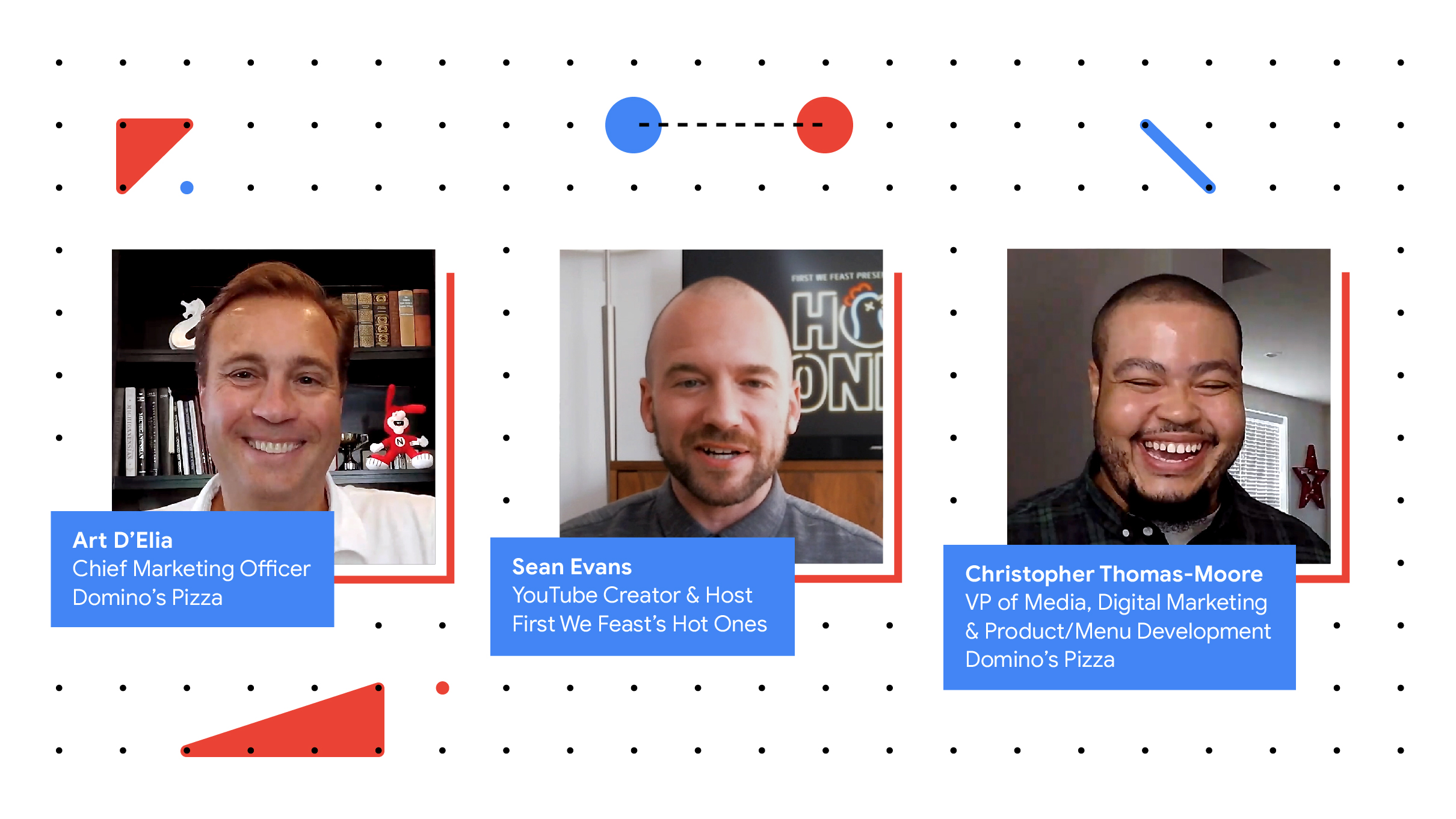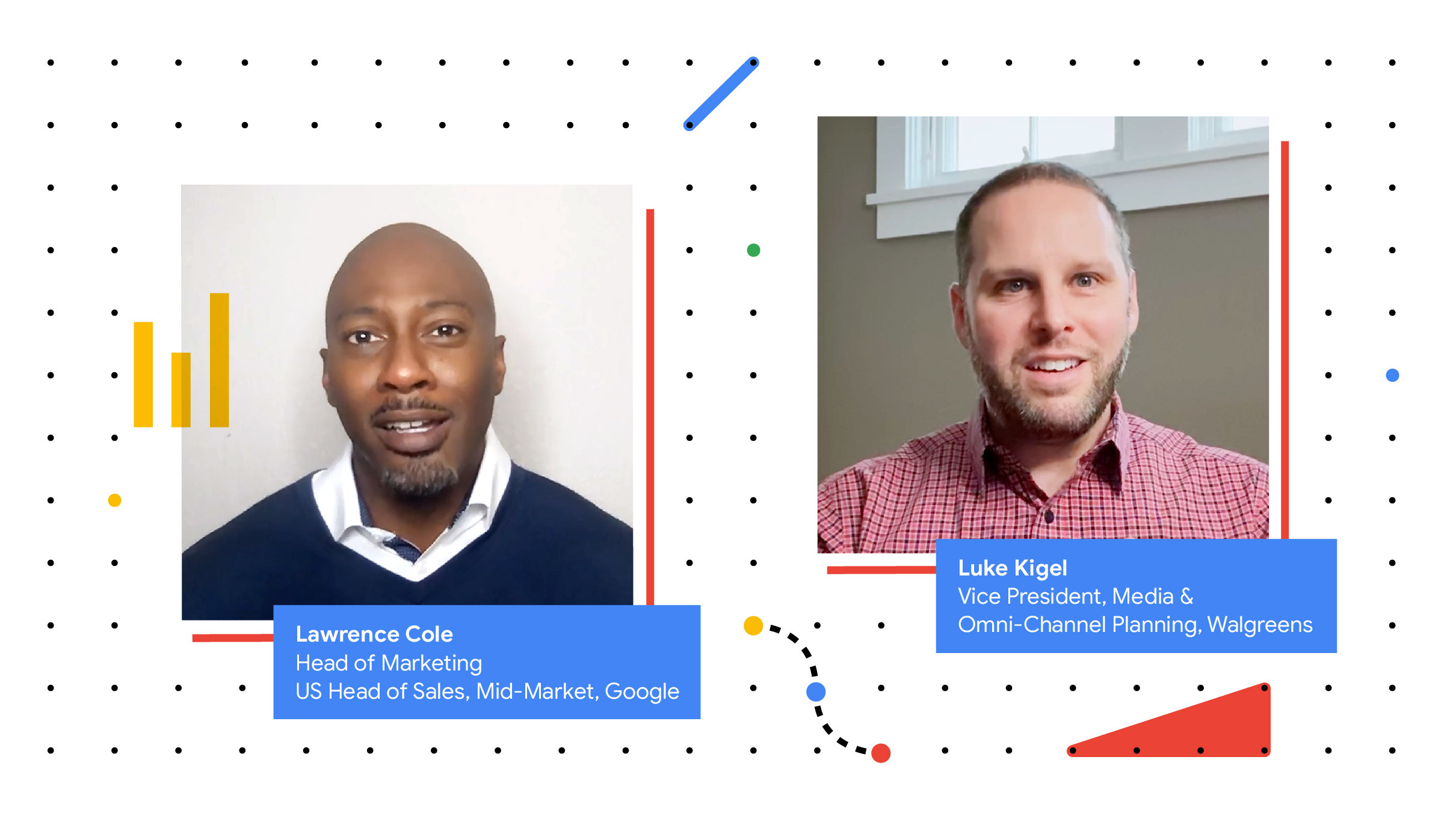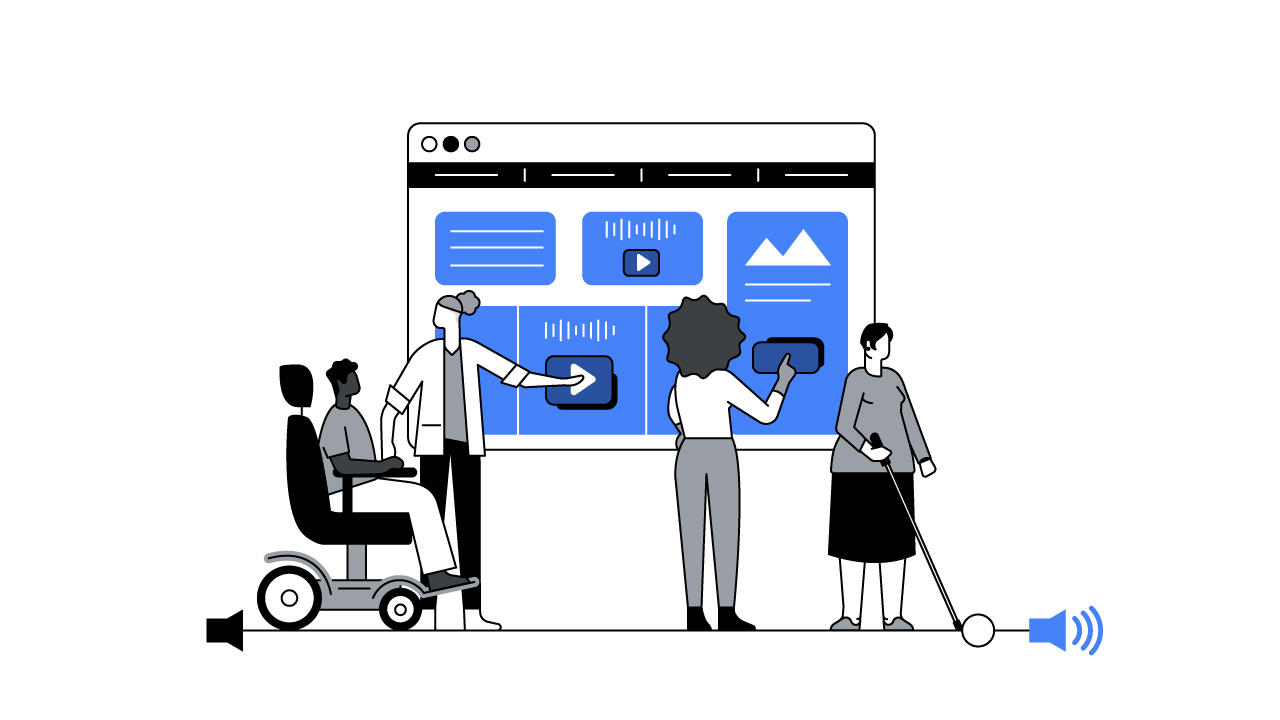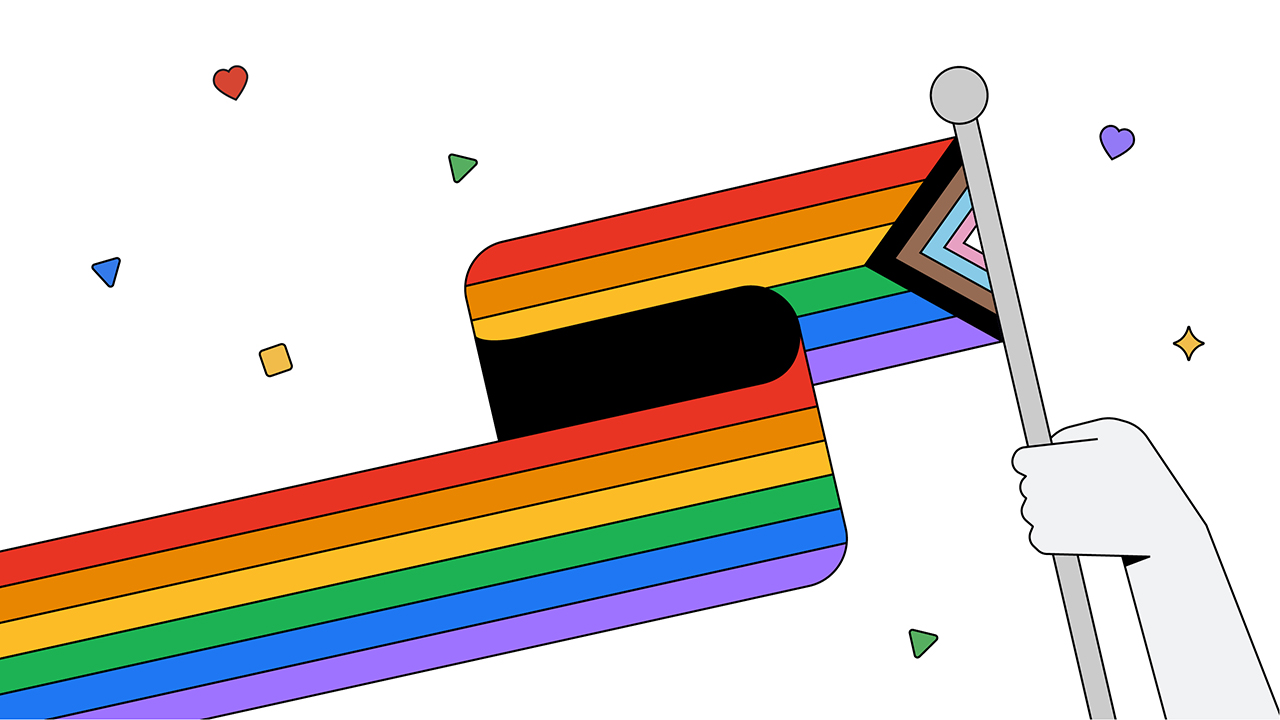The Update: Designing strategically for all
Guests
Published
October 2020Share this page
The Update: Designing strategically for all
October 2020In the season finale of the Update, Google Head of Brand Accessibility KR Liu highlights the necessity for marketers to prioritize accessibility and intersectionality in inclusive marketing efforts. Catherine Courage, VP of user experience at Google, joins for a deep dive on the company’s mission to authentically represent the disabled community in storytelling. The two experts discuss leading with empathy and the new opportunities for brands to elevate voices from the disabled community.
KR LIU: There is always this very famous saying
in the disability community that says,
"Nothing about us without us,”
and I truly believe that.
So, it's a journey we will do together,
and it will take time.
It won't happen overnight.
So, we'll work towards getting better
and being more conscious of
how to be truly inclusive
for disabled people.
CATHERINE: In this episode of The Update,
we have KR Liu with us,
who is Head of Brand Accessibility at Google.
We're going to talk about the importance
of accessibility and intersectionality
for our brands and marketers.
I'm guessing our listeners
out of the gate
may be wondering,
what is a Head of Brand Accessibility?
KR: My role at Google is to help us bring
a disability lens into our products,
our marketing content creation,
and also, mostly important to us,
is our storytelling,
so that people see themselves
in not only the products that we develop,
but that they see themselves
in the content that we create.
CATHERINE: The majority of your career
you’ve really been focused in this
area of accessibility and technology.
I'd love to understand
what brought you to this space.
KR: For me, it’s personal.
I have lived with
severe hearing loss my entire life,
and I grew up in Silicon Valley.
So, I've been surrounded by tech my entire life.
So, I wanted to think about ways
that I could take my life experience
and make product more inclusive
for people with disabilities.
And today,
we still don't see disability represented
that much in the marketing
that we see out there.
In advertising and in film,
disability is represented less than 1%.
CATHERINE: 1%. That's pretty remarkable.
So, we have a lot of work here
to do in this space,
and glad you're focused on it.
Can you tell us a little bit about
what it means
when we look at accessibility and intersectionality?
KR: Absolutely.
Well, when it comes to disability,
no disability is the same, right?
And then no person is the same, right?
So, for me, who I am is I'm a woman
with severe hearing loss
who is also gay.
So, it's important that
when we look at the stories,
we tell in the marketing that we create
that we think about
the intersectional lens
of who our audience is,
who they may represent,
or where they may come from.
And so, for us at Google,
and in Brand Studio where I sit,
we're really thinking about
bringing the community to the table
when we're looking at
different areas of our work.
CATHERINE: Why do you think that
accessibility and intersectionality
are important for brands and marketers
to really think about today?
KR: When you think about
just the number of people
in the world that have a disability,
you're talking about a billion people.
Everyone at some point in their lifetime
will experience disability in some form.
It can be permanent.
It can be temporary; temporary meaning,
you could break your arm.
You could scratch your eye;
you can't wear your contacts
for a couple days.
Or a situational disability.
An example of that is you could be
holding your child in one arm
and a bag of groceries in another,
and you're trying to open
your car door and you can't.
That is actually a situational disability.
So, when you think about that,
accessibility in products or in the world
that we live in and how you
experience can help everyone,
not just someone like myself.
Google has built for decades
that have had an incredible impact in the world,
but they've also been built
by people with disabilities,
and most people don't know that.
Like the internet, email,
text messaging, all created
for people and by people with disabilities,
and everyone in the world now uses them.
CATHERINE: Are there areas in your work in terms
of accessibility and intersectionality
where you've seen the many challenges
of 2020 impact your work,
and any interesting lessons
that are emerging?
KR: With the disability unemployment numbers
now from COVID at 60%,
six – zero,
CATHERINE: Wow!
KR: It’s an opportunity
for companies to look at
the incredible pipeline of talent,
now that we're able to
allow them to work from home potentially,
no matter where they are in the world.
So, if anything,
I think it's done two really wonderful things.
It's actually created more open-mindedness
to creating jobs and opportunities
for disabled people in different areas,
but it's also lifted the lens
of disability representation
in all the beautiful ways
that we show up in the world,
so that more people can see themselves.
I think the first thing I encourage people
to do is talk to the community,
build a relationship with the community,
invite them to the table,
invite them to the conversation,
invite them when you're thinking
about your campaigns or your ideas
of how you want to represent something.
No one better to ask than us, right?
Others are viewing
Marketers who view this are also viewing
-
Video
![]() Video
VideoThe Update: How investing in analytics prepares you for the future
Watch now -
Video
![]() Video
VideoThe Update: Domino’s talks YouTube and transformation over (very) hot wings
Watch now -
Video
![]() Video
VideoThe Update: How Walgreens' customer-focused marketing is driving business growth
Watch now -
ArticleArticle
3 practical steps businesses can take to improve gender equality in the workplace
-
Article
![]() Article
ArticleAccessibility: The missing key to connect with customers
-
Video
![]() Video
VideoDigital Vox: APAC’s marketing leaders discuss immersive technology and its implications
Watch now -
Article
![]() Article
ArticleShowing up beyond Pride: How brands in India create genuinely inclusive ads






